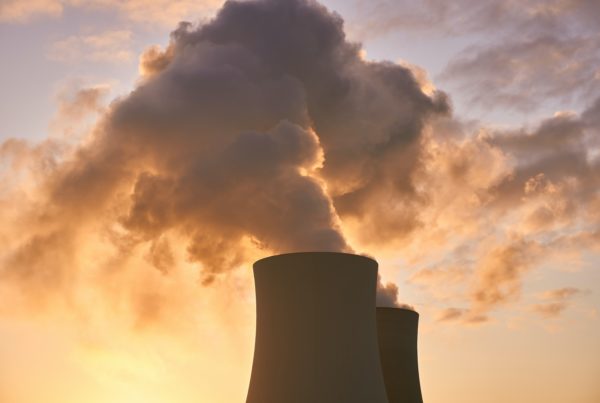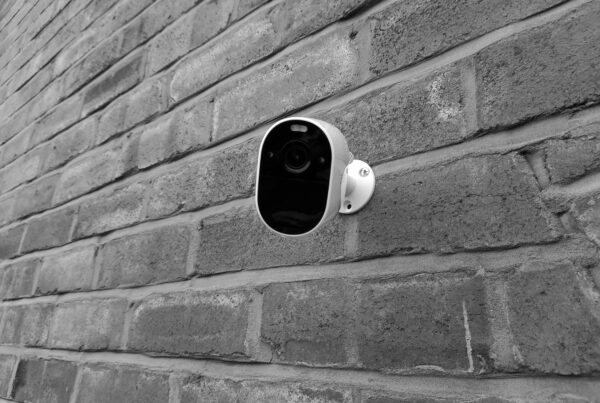From NPR:
SpaceX has successfully conducted a test launch of its massive Starship rocket. The rocket took off from the company’s Starbase facility in Boca Chica, Texas, at 9:25 a.m. ET.
The liftoff was smooth, as all 33 of the Starship’s “Super Heavy” booster engines fired in synchrony. The giant rocket lumbered off the pad, climbed out over the Gulf of Mexico and then the Starship separated cleanly from the booster and proceeded to orbit, where it began a series of in-flight tests.
Starship’s Super Heavy booster appears to have been lost shortly before landing in the Gulf.
Starship broadcast video from space, using its Starlink satellite network. It attempted to re-enter Earth’s atmosphere over the Indian Ocean, but did not re-establish contact after the period of re-entry, indicating the spacecraft may have broken apart as it fell back towards earth.
Nevertheless the test is a major success for SpaceX, which saw the rocket explode in two previous test flights.
Just insane: Using the Starlink satellite network, Starship is actually broadcasting its own re-entry. pic.twitter.com/M8qm14zW7u
— Geoff Brumfiel (@gbrumfiel) March 14, 2024
“I’m just completely blown away right now, what a day,” said Dan Huot, SpaceX communications manager, who was hosting the live webcast.
Starship is the largest rocket ever built. It stands nearly 400 feet tall, and its first stage, known as Super Heavy, is powered by 33 Raptor engines that must all work together to heave it towards orbit.
SpaceX founder Elon Musk believes this massive machine can carry humans to the moon and Mars. Its durable stainless steel construction makes it easy to reuse, at least in theory, and could dramatically reduce the cost of launching satellites and people into orbit. NASA has given billions to SpaceX to develop Starship as a lunar landing system that could deliver astronauts to the lunar surface.















